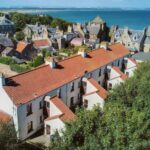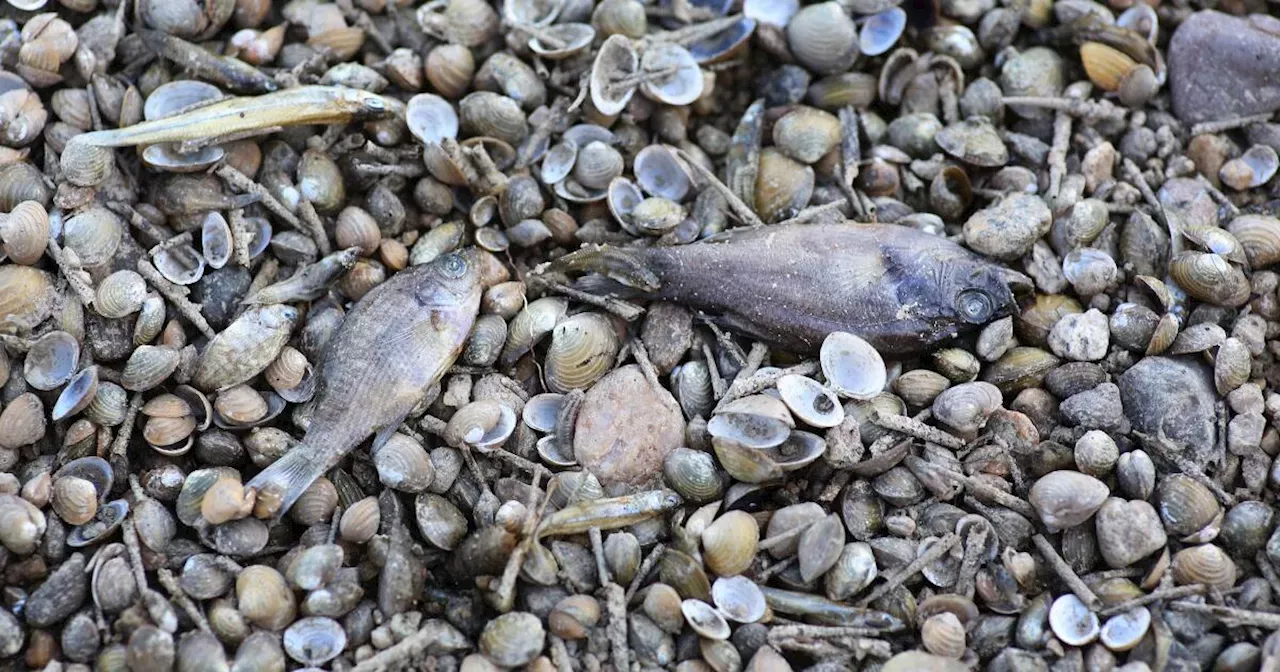On our recent trip to Indonesia, my wife and I visited an amazing place called the Wae Rebo village in the island of Flores. This village was granted the “award of excellence” by Unesco in 2012, during the Asia Pacific Heritage Award in Thailand. The journey to Wae Rebo started from Labuan Bajo, where we boarded a van that took us on a four-hour drive to Denge.
We went through all kinds of terrain, from narrow village roads and winding mountain roads to bumpy gravel roads with gigantic potholes. On several occasions, our driver had to stop to fill these potholes with pebbles so that we could drive through the road. At Denge, each of us had to ride pillion with a rider on a motorbike – we were not given helmets.

The 15-minute bike ride was a heart stopper, as the biker sped up steep slopes and rode through potholes. That said, we were very thankful that all our drivers and bikers were skilful enough to take us through such challenging road conditions without any mishaps. The bikes dropped us off at the trailhead and we started our hike to the village.
It wasn’t too difficult as the trail was clear and well used, although some parts were quite steep. Hiking to the village. After slightly more than two hours of hiking, we finally reached Wae Rebo village.
Before entering the place, we had to announce our arrival to the villagers by hitting a hollow tree trunk. We were told not to do anything like wander around the village by ourselves before being welcomed by the elder or chief. We were asked to gather inside the main house where the village elder properly welcomed us and performed a simple blessing ceremony.
Wae Rebo is famous, among others, for the conical-shaped houses called Mbaru Niang. These are covered with lontar thatch, which is from a type of palm tree. Each house has five levels with specific functions like living quarters, food storage and seed/grain storage.
The topmost level is used to place offerings for the villagers’ ancestors. After such a long journey getting here, we were rejuvenated by the cool, fresh air and peaceful surroundings. We wandered around the village taking photos, and observing the villagers going about their daily activities.
At dinner time, we went back to our guest house which was occupied by about 30 visitors. We were served rice with chicken, vegetables and eggs prepared by the village women and sat on mats laid out on the floor. Electricity was available for only four hours each night and we slept on mattresses arranged on the floor with a pillow and blanket provided.
The temperature was about 10°C. Morning view at Wae Rebo. The next morning, I woke up early to see the changing colours of the sky as the sun rose from behind the mountains.
At breakfast, we were given rice and eggs, which definitely filled us up for our hike back to Denge. We thoroughly enjoyed the trip despite the long, arduous journey. Wae Rebo is beautiful, clean and its people were so welcoming.
Spending our day without electricity and phone signals, just enjoying the simplicities of life was great for us. Tourist arrivals to this part of the world have steadily increased over the years, supplementing the income of the villagers who mostly plant coffee and some other crops like vanilla and cloves. My hope is for Wae Rebo to remain as authentic as it can be and for tourists to respect the people’s culture and traditions so that their heritage can be preserved.
As the saying goes, “Take nothing but photographs, leave nothing but footprints.” The views expressed are entirely the reader’s own. There are five levels in the Mbaru Niang, and each one has a different function.
.



















